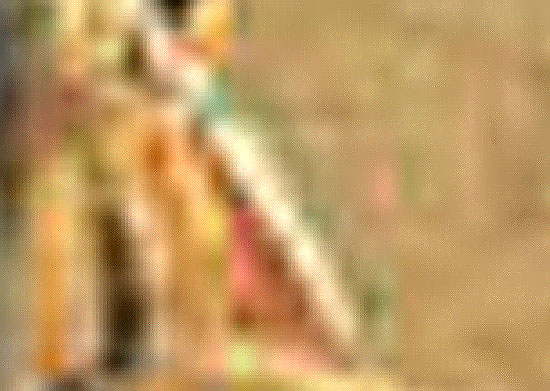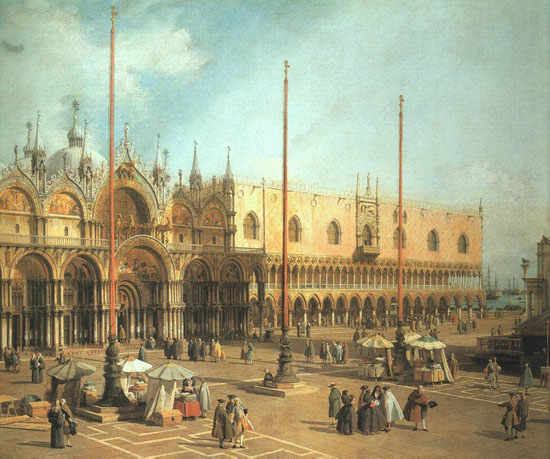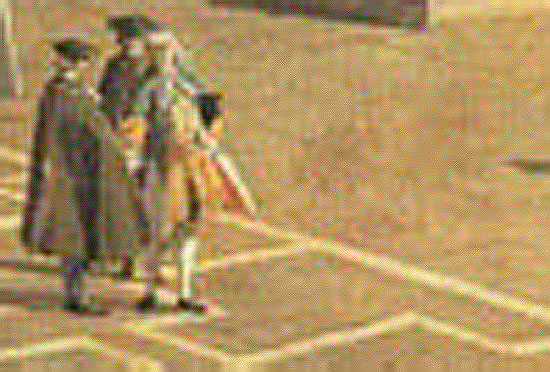
|
Lorna Mills and Sally McKay
Digital Media Tree this blog's archive OVVLvverk Lorna Mills: Artworks / Persona Volare / contact Sally McKay: GIFS / cv and contact |
View current page
...more recent posts

James O. Young (2001): The sciences and the arts are not completely dissimilar forms of inquiry. Art and empirical science have a common foundation: both begin with careful observation. Before artists or scientists can represent anything they must observe aspects of the world. [...] The arts and sciences resemble each other in another respect. They both represent objects in such a way that, ideally, insight is provided into the objects represented. [...] The representations produced by the arts and sciences can each contribute to knowledge of some matter in two ways. That is, the representations these modes of inquiry produce have two cognitive functions. They may provide testimony about objects and they may interpret objects. Testimony is simply a record of observations. Interpretation is the attempt to understand this record, either by means of theories or in some other way. [...] Since arts and sciences employ different sorts of representation, they perform each of the cognitive functions in different ways.
Testimony: "We may identify semantic testimony and illustrative testimony.To provide testimony is simply to provide information. The sciences frequently provide information by means of statements. [...] The testimony in works of art, on the other hand, is provided by means of illustrations from which information can be derived. So, for example, a painting by Canaletto is testimony about the appearance of San Marco.

Canaletto, Piazza San Marco - Looking Southeast (1735-40). Photo: Carol Gerten-Jackson [source]
Interpretation: "The sciences interpret objects by means of theories or models. The arts, on the other hand, do not. This is one of the fundamental differences between forms of inquiry which employ illustrative representation and those which employ semantic representation. Instead, the arts provide what I will call a perspective on objects. A perspective is a way of conceiving of an object that can enhance understanding of the object. [...] Both scientific theories and the perspectives provided by the arts are in need of justification. They ought not to be accepted on the word of a scientist or an artist. In other words, theories and perspectives need to be demonstrated and a great deal of what goes on in the arts and sciences is demonstration. An analysis of demonstration, and the form it takes in the arts, is an important part of the epistemology of art.
We need to begin by distinguishing between two quite different sorts of demonstration. I will call the first type illustrative deomonstration or showing. The second sort may be called rational demonstration. Rational demonstration is demonstration by means of an argument. Illustrative demonstration, on the other hand, is non-rational. ... [I]llustrative demonstration places one in a position where one can recognise something. Artworks cannot provide rational demonstrations of perspectives, but they can provide illustrative demonstrations of the rightness of a perspective.
Excerpts from James O. Young, Art and Knowledge (London and New York: Routledge, 2001) p. 66-69
